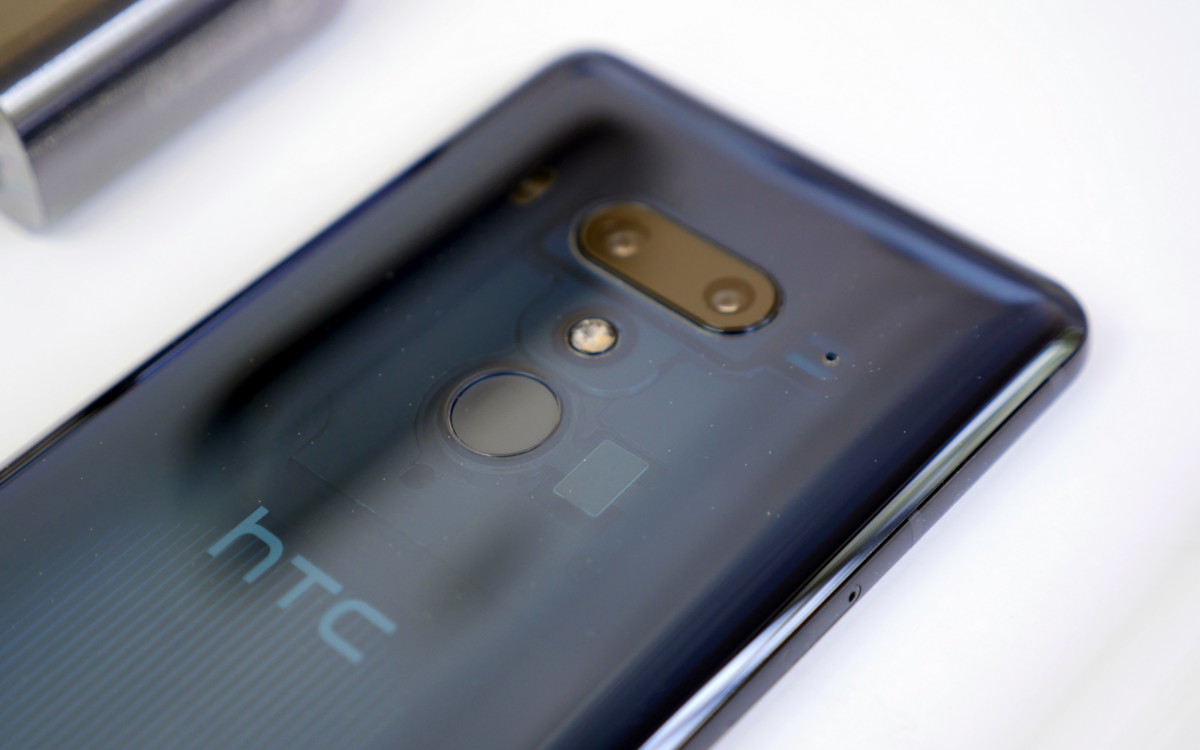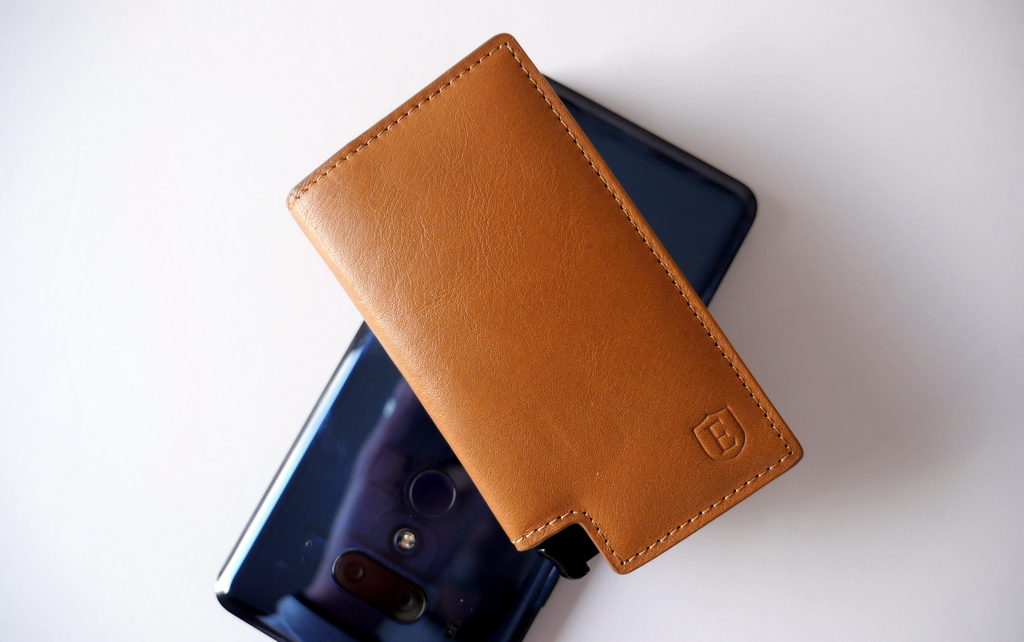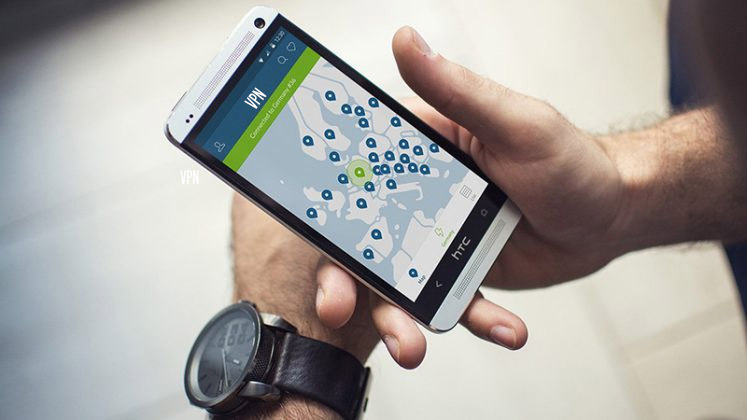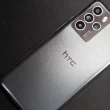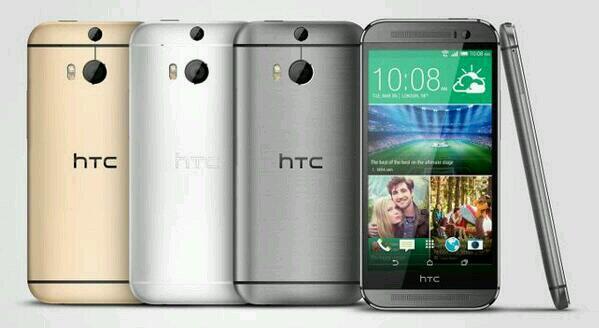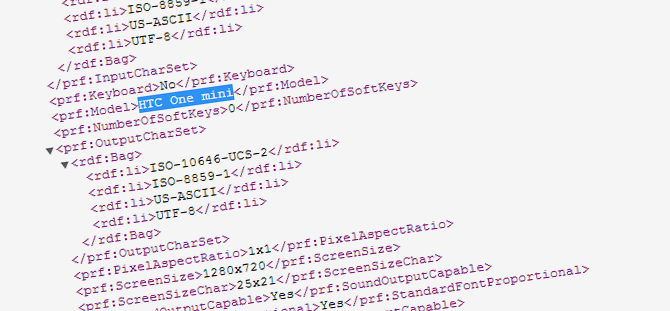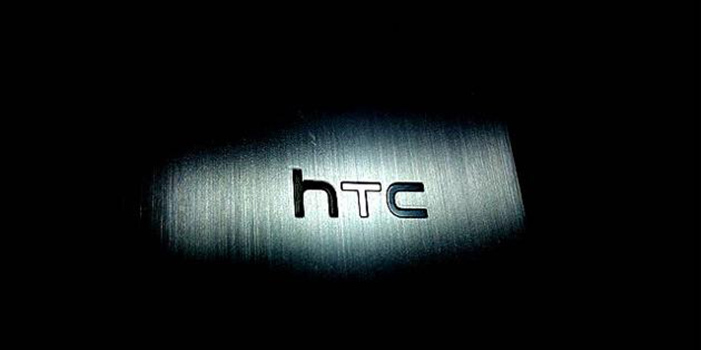HTC’s CEO Peter Chou took the stage in New York City this morning and introduced the world to the all new HTC One (M8). HTC’s new flagship is positioned perfectly as a direct competitor to the Samsung Galaxy S5, but HTC isn’t going to take on the competition with high-end specs alone. The HTC One (M8) redefines the flagship Android smartphone – delivering a powerful device with unprecedented camera technology, wrapped up in an exquisitely crafted aluminum shell which looks even better than last year’s award winning HTC One.
The specs
The HTC One (M8) is the most powerful and feature rich device HTC has ever brought to market. The handset is powered by a 2.3 GHz quad-core Qualcomm Snapdragon 801 with 2GB of RAM and internal storage options which vary from 16 and 32 GB in addition to a microSD card slot which can support cards up to 128 GB.
While the HTC One (M8) has a pretty standard processor, the handset’s main attraction is its unique camera technology. HTC will be positioning the new phone as the best smartphone on the planet for selfies. The front-facing camera on the new HTC One has a 5 megapixel BSI (back side illuminated) imaging sensor (the 1080p video capture) and an 88 degree wide angle lens which will allow you to snap pictures of yourself with an amazing background or 8-12 of your closest friends.
But as impressive as the front-facing camera is on the HTC One (M8), the handset’s Dou Camera setup on the back is what really makes HTC’s new flagship truly unique. The rumors of the dual camera sensor setup on the new One were spot on. The HTC One (M8) pairs the company’s UltraPixel sensor with a second camera which acts as a depth sensor sensor – enabling the phone to capture incredible low-light images. But the magic doesn’t stop there. Because of the all new One’s Duo Camera setup, the device is able to capture multiple images at different focal points. This allows the user to choose what’s in or out of focus after the image is captured. There’s also a 3D effect which can be applied to images which gives the impression that you can see around object which are in the foreground.
Other specs on the HTC One (M8) include a 2,600 mAh battery (which will last up to 40% longer than the 2013 HTC One), 5.0-inch 1080p TFT LCD display, Bluetooth 4.0, Wi-Fi a/b/g/n and NFC.
Design
If you think that HTC’s naming convention for the all new HTC One is confusing, we’ll forgive you if you have a hard time distinguishing the new device from the 2013 HTC One. The HTC One (M8) has a very familiar look. The back and sides of the handset are wrapped in a unibody chassis which is machined out of a single piece of aerospace-grade aluminum. Rather than simply pushing out another flagship phone with an aluminum finish, HTC has chosen to give the HTC One (M8) a more dramatic brushed texture – exponentially enhancing its aesthetic appeal.
The display on the front of the phone is optically laminated to Gorilla Glass 3 panel. The larger design features of the HTC One (M8) are very similar to last year’s model, but the minor details on the new One (Duo Camera on the back, 3.5mm headphone jack on the bottom, dual LED flash) have a way of subtly distinguishing the two devices.
Pricing
Suggested retail price of the all new HTC One (M8) is set at $600 in the US. Those signing a contract with Verizon, Sprint and AT&T will be able to buy the device for $199.99, but we expect slightly better pricing from RadioShack, Best Buy and Amazon. Prices in Europe will come in a little higher, but consumers will be able to pick up the new HTC flagship phone free with a new two-year contract.
Availability
The HTC One (M8) available starting today at 1PM EST exclusively at Verizon retail stores in the US, but T-Mobile, Sprint and AT&T will offer the phone to consumers directly from their websites.




